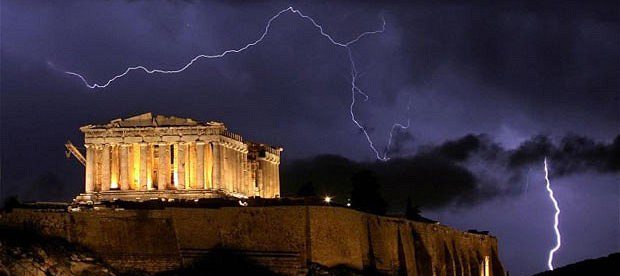Julian the Tank Bank
War Bonds & Julian the Tank Bank
In 1916, the Government began to Issue War Bonds as a way of raising money. Since WW1, National Savings Campaigns have invited the Public to Invest in War Bonds and related products. The result has been a range of attractive Posters, often by the best Commercial Artists.
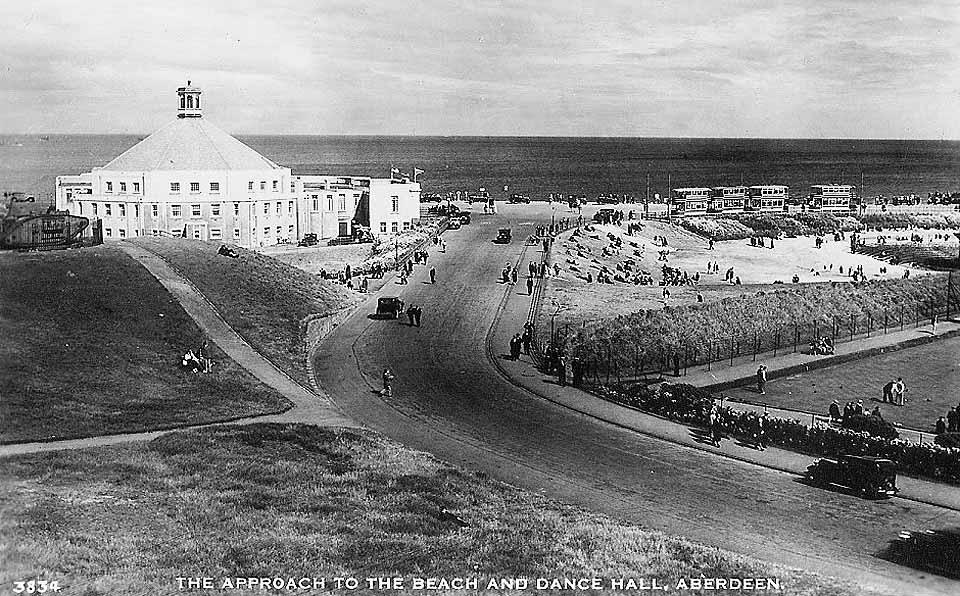

Julian the Tank Bank (No.113) – (top left fenced in with path leading to & around) he was given to Aberdeen at the end of WW1 for promoting the most War Bonds Sold in the UK per capita – Sited at the Broadhill and remained there until 1940 when sacrificed much needed WW2 Steel Scrap. An area of Town around the Castlegate where Julian was stood in 1918 to sell War Bonds is still known as “the Tank” Site. £2M was raised in a week in Aberdeen by Julian over £15 per head from the ever-canny and ever-frugal Aberdonian Population. The idea was that the City that Invested in the most War Bonds got to keep Julian Tank No.113.
Julian ‘The Tank Bank’ Footage
Film Shots of Pipe Band marching through Streets. The Mechanical Patriot does Doughty Deeds under the Statue of Wallace, Rosemount Viaduct. Shots of crowds around Wallace Statue. Close-up of “Julian”, the “Tank Bank”; Lord Strathclyde, on the left, opened the Campaign. Shot of Strathclyde and another dignitary Lord Provost Taggart Invests £50,000 for Aberdeen Corporation. A hand pokes out of the Tank proferring Bonds to Provost Taggart in uniform; The Chairman of the Scottish War Savings Committee, Lord Strathclyde. “The Tank has brought home to us the necessity of Saving all we can and Lending all we can”. Shot of Lord Strathclyde atop Tank; Lord Provost Taggart said “We want your money not to continue but to end the War”. brief shot of Taggart moving onto shots of the War Savings Committee personnel atop the Tank.; Miss Findlay, Secretary of the War Savings Committee. “Bonds & Certificates are really weapons with which you can strike dismay into the heart of the Germans”.
Miss Findlay on Podium); Miss Findlay, Secretary of the Scottish War Savings Committee. Shot of same in Princes Street Gardens, Edinburgh, walking dog; Aberdeen Tank Bank Week realised £2,501,000 at £16-6s-2d. per person. “Tank you“. “Up Wi’ the Bonnets o’ Bonnie Dundee“. [Feb 1918] Tank Week in Juteopolis raised £44M. Shots of Dundonians queuing to buy Bonds; Members of the Committee address the Crowds; The lesson the Tank teaches us is the spirit of overcoming difficulties. Brief shot of men atop the Tank; Sir William Robertson, Lord Lieutenant of Fifeshire said “If anyone doubts the Security of the Tank Bank – Well! Aberdeen was satisfied with it! More shots of Platform Party; Shots of the Queue for Bonds; The Tank’s departure from Scotland. The Tank moves up Yard Entrance and is manoeuvred onto flat London & North Western Railway Wagon; Au Revoir Julian – and bang goes 1,120,000,000 Sixpences. Brief shot of Tank on Railway Wagon; Patriotic men & women who cannot take active Service or make Munitions of War can help their Country in one way only at this Supreme Crisis. They must Save all they can and Lend all they can to their Native Land. Will you do this?

Julian the Tank Bank (Tank No.113) – he was given to Aberdeen at the end of WW1 – Sited at the Broadhill and remained there until 1940 when it was taken taken for WW2 Scrap. An area of City around the Castlegate where Julian was stood in 1918 is still known as “the Tank” Site, £2M was raised in a week in Aberdeen by Julian over 16-Guineas per head from the ever canny & frugal Aberdonian Population. The Incentive was that the City that Invested in the most War Bonds per Head got to keep Julian the Tank Bank.
There is a record of the `Tank Bank‘ Tour through Scotland designed to raise money for the 1st World War through the issuing of War Bonds. Charged with raising money for the war, the Scottish War Savings Committee initiated a ‘Tank Bank’ Campaign which, though carried out at home, would become one of the most successful Tank Operations of the entire War. A Scottish Regiment followed on Parade, a Tank No.113 and referred to as `Julian‘ is active in the background demonstrating its capabilities by crossing barbed wire fence, a mound, a ditch and a wall. Tank Bank Week in Aberdeen was a great success. Crowds in Rosemount Viaduct & Union Terrace clamoured to attend Julian while dominated by the large Statue of William Wallace. The Tank also gave a Demonstration in the Castlegate.
A Tank would arrive for a week with great fanfare, Civic Dignitaries and Local Celebrities would greet the Tank and speeches would often be made atop it. The tank would be accompanied by Soldiers and Artillery Guns, sometimes an Aeroplane would drop pamphlets over the Town or City prior to the Tank’s appearance exhorting the people to Invest. The Tank would usually put on a show for the crowds in order to demonstrate its capabilities. The Visited Town or City would have a Fund raising Target it tried to meet, the amount raised by each Location would be reported in the National Press thus ensuring a strong competitive element, especially between the larger Industrial Cities.
Julian ‘The Tank Bank’ Aberdeen & Dundee Footage
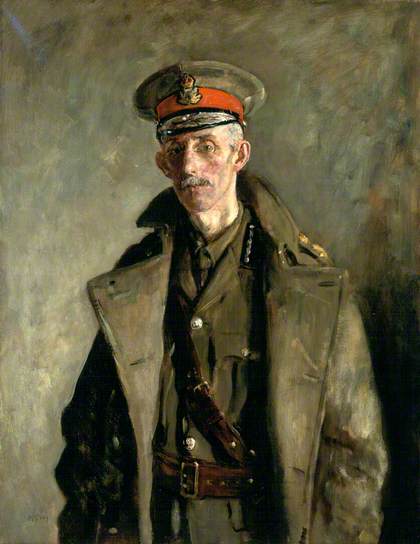
The Chairman of the Scottish War Savings Committee, Lord Strathclyde, (Alexander Ure) opened the Campaign alongside another Dignitary Lord Provost James Taggart (Granite Merchant) who invested £50,000 on behalf of the Aberdeen Corporation. Two Ladies inside the Tank itself busied themselves proffering War Bonds to Provost Taggart in uniform.
The Tank Bank brought home to the Community the necessity of Saving all we can and lending all we can for the War Effort. Lord Provost Taggart (Inset) said “We want your money not to continue but to end the War“.
Sir William Robertson, Lord Lieutenant of Fifeshire said “If anyone doubts the Security of the Tank Bank – Well! Aberdeen was satisfied with it and many queued for Bonds.” It is not surprising that Aberdeen invested so heavily as a near Garrison Town with 3 Active Barracks many Families would have had men in the Army and or at the Front.
In 1918 the people had lost faith in their Politicians & their Propaganda as a result of a mismanaged War. Soldiers returning from the front found Unemployment & Poverty; the ‘Land Fit for Heroes’ never happened. Although 200,000 new homes had been completed, plans for 1-M did not materialise. The Wartime boom was followed by a sharp downturn in Trade from 1919 onwards. Britain lost its leading position as a World Economic Power. Unemployment was severe as Heavy Industry collapsed. Revolution was in the air as the Red Flag was raised in George Square, Glasgow, demonstrating that Politics were changing – Radically! The Government fearing a Russian style Revolt used Tanks against Workless men while Glasgow’s Soldiers were Confined to Barracks lest they should identify more with the Jobless Workers. By 1924 Britain had its 1st-ever Labour Government.

Julian the Tank Bank
A visit from a Tank Bank was a Major Event. For days beforehand, local Newspapers were full of anticipation. The Tank – each one had a Name, and near-Celebrity Status – arrived accompanied by Soldiers. After a demonstration of its capabilities, breaking through Barbed Wire Barriers and clambering over specially-made mounds, the Tank Bank was officially opened. The Tank Banks were Staffed by Clerks from the Bank of England, who sold War Bonds, and the Local Post Offices, who sold War Savings Certificates. Such was their popularity that there were often long Queues & Clerks from Local Banks were sometimes called in to help.
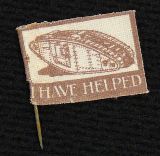
Arrangements for the Tour were made hastily, and the Logistics were patchily communicated. When Scotland was expecting the arrival of Julian, for example, The Royal Bank of Scotland’s Cashier knew that he was the most likely of the Scottish Bankers to be asked to help, because the Royal Bank was the Bank of England’s Representative in Scotland. Try as he might, however, he couldn’t get Information from the Organisers about what might be required. In the end, he wrote to Banks in Cardiff & Sheffield, which had already been Visited, to ask how it had worked there. In the event, Royal Bank Clerks were needed; in Edinburgh, as many as 6 at a time, loaned from Branches around the City. In addition, Tank Bank Officials used Bank of Scotland Branch Premises after hours to count the Takings, arrange remittances to London & process Paperwork.
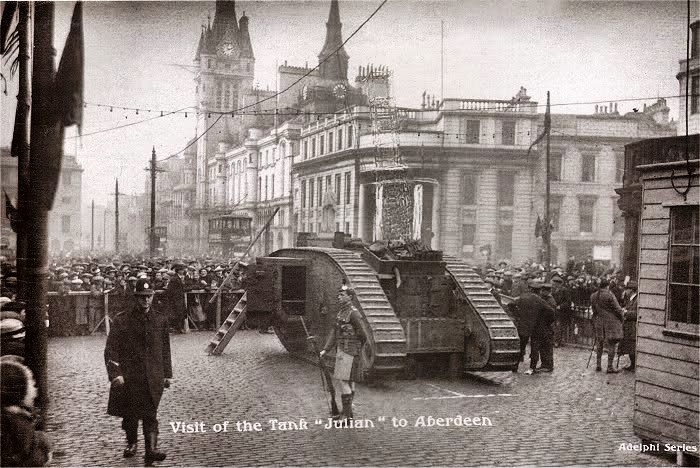
As well as helping with the Logistics, Banks were expected to contribute Financially. They were already heavily Invested in War Bonds and other Government Securities and were not particularly inspired by novelty Fund raising events. Nevertheless, an Edinburgh Bank could not fail to contribute to Edinburgh’s Tank Week. The Bank of Scotland bought £200,000 of Bonds. The other Edinburgh Banks Invested similarly, and in all, Edinburgh Tank Week raised £4.8M, the 3rd-largest total raised by any British City.
The following week, Julian moved to Glasgow. Naturally, Glasgow wanted to raise more than Edinburgh, and now The Bank of Scotland had a problem. It, more than any other Edinburgh Bank, enjoyed a strong Bond with Glasgow and the West of Scotland. Seeing itself as part of Glasgow, it felt obliged to contribute to Glasgow’s effort. Although unenthusiastic about owning yet more War Bonds, it bought another £100,000. Glasgow Tank Week raised a mammoth £14.5M dwarfing not only Edinburgh’s total but those of all other Cities.
